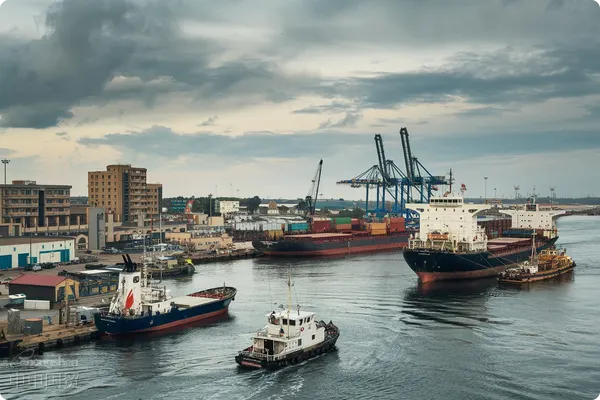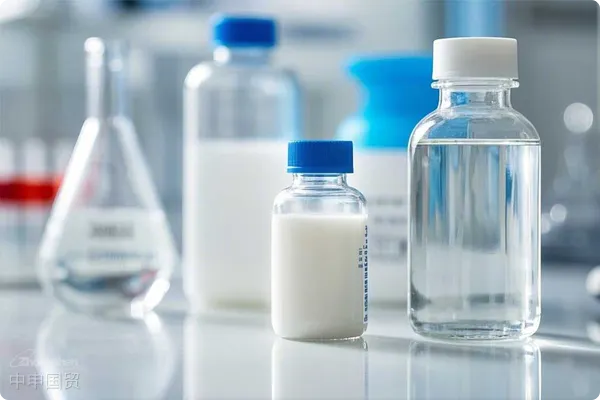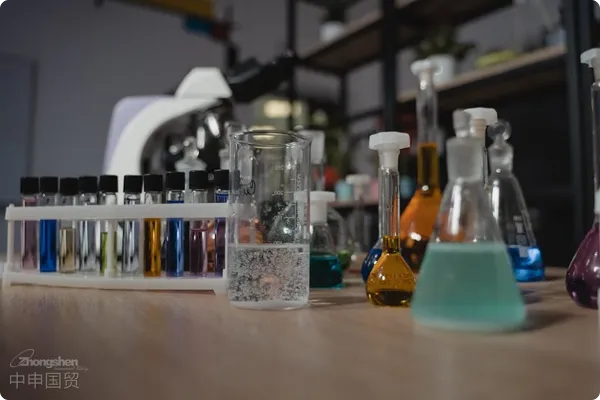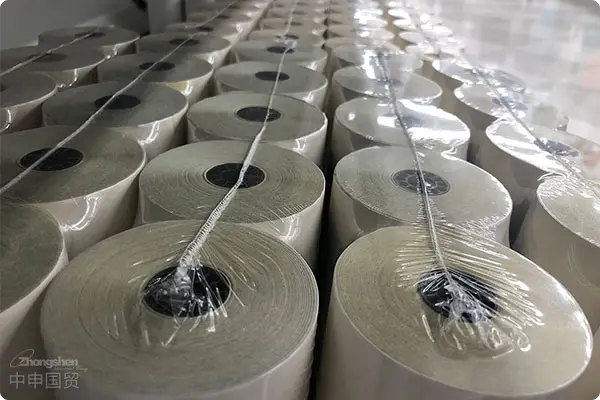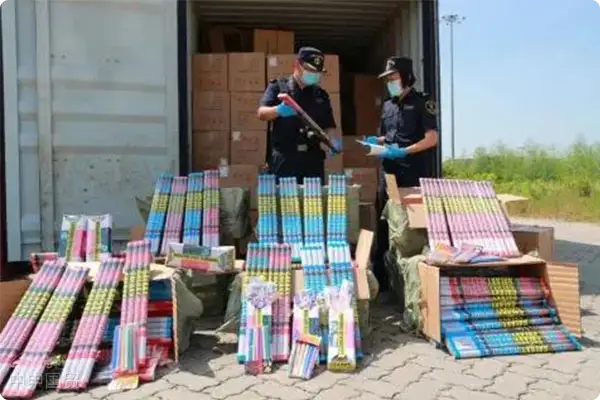- Shanghai Zhongshen International Trade Co., Ltd. - Two decades of trade agency expertise.
- Service Hotline: 139 1787 2118
Asforeign tradePractitioners, are you also troubled by the safety label requirements for hazardous chemicals? Dont worry. Today, we will conduct a relaxed and pleasant compliance interpretation to help you quickly master these complex regulations and ensure the safe and smooth progress of your import business.
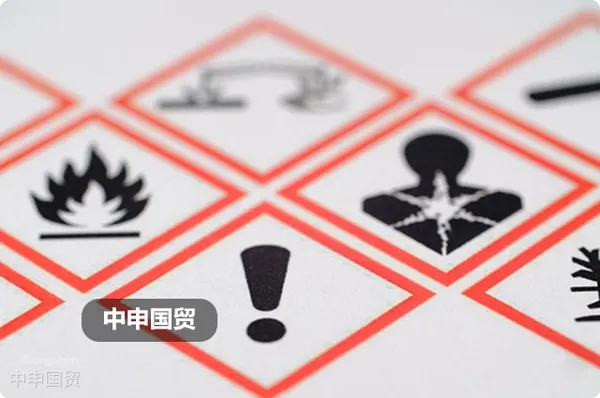
I. Regulatory Requirements
According to the Regulations on the Safety Management of Hazardous Chemicals (Decree No. 591) of the State Council, production and business enterprises of hazardous chemicals must paste safety labels consistent with the packaging contents on the packaging of hazardous chemicals. Otherwise, they will face the risk of fines or even business suspension. This regulation also applies toimport and exportchemicals. The Announcement on Issues Concerning the Inspection and Supervision of Imported and Exported Hazardous Chemicals and Their Packaging (Announcement No. 129 of 2020) of the General Administration of Customs and other relevant regulations clearly state the requirement to provide safety labels during the import process.
II. Standard Requirements
The Regulations for Preparation of Chemical Safety Labels (GB 15258 - 2009) issued by China in 2009 is consistent with the United Nations GHS system, ensuring that the label content meets international standards.
III. Size Requirements for Safety Labels
According to the different capacities of containers or packages, the size requirements for safety labels also vary:
- Less than or equal to 0.1 liters: Simplified labels can be used;
- 1 to 3 liters: 50×75 mm;
- 3 to 50 liters: 75×100 mm;
- 50 to 500 liters: 100×150 mm;
- 500 to 1000 liters: 150×200 mm;
- More than 1000 liters: 200×300 mm.
Simplified labels are applicable to small - capacity packages, do not contain precautionary statements, and mainly mark basic hazard information.
IV. Printing Requirements for Safety Labels
- The label should have a black border, with at least 3mm of blank space outside the border, and the border width should be no less than 1mm;
- The pictogram should be clearly recognizable from a distance and under adverse conditions;
- The label should be printed clearly, and the material should be durable and waterproof.
V. Position Requirements for Safety Labels
The label should be pasted in a prominent position on the package:
- Barrel - shaped and bottle - shaped packages: Paste on the side;
- Box - shaped packages: Paste on the end face or the obvious side;
- Bag - shaped and bundled packages: Paste in an obvious place.
If the chemical is a dangerous good, a dangerous goods transport label should be pasted simultaneously.
VI. Color Requirements for Safety Labels
The pictogram usually has black symbols on a white background, with a red border; the label text should use a color with a significant contrast to the background color to ensure easy identification.
VII. Precautions for Pasting Safety Labels
- The label should be printed, pasted, or attached by the production enterprise before the goods leave the factory;
- The label must be firm to ensure that it does not fall off or get damaged during transportation and storage;
- If the components of the chemical change, the label should be updated in a timely manner, and under normal circumstances, it should be updated at least once every five years;
- The label on the container containing hazardous chemicals shall not be torn off until it is confirmed that the hazard has been completely eliminated.
Summary
The safety label requirements for hazardous chemicals are numerous and strict, but as long as you master the key points, the path to compliance is not that complicated. From regulations, standards, size, printing, position to color, we will break down these cumbersome requirements one by one for you to help you easily handle the compliance operation of imported hazardous chemicals. We hope this article can help your import and export business and ensure that each batch of goods passes the customs inspection safely and quickly.
Related Recommendations
? 2025. All Rights Reserved. 滬ICP備2023007705號-2  PSB Record: Shanghai No.31011502009912
PSB Record: Shanghai No.31011502009912
